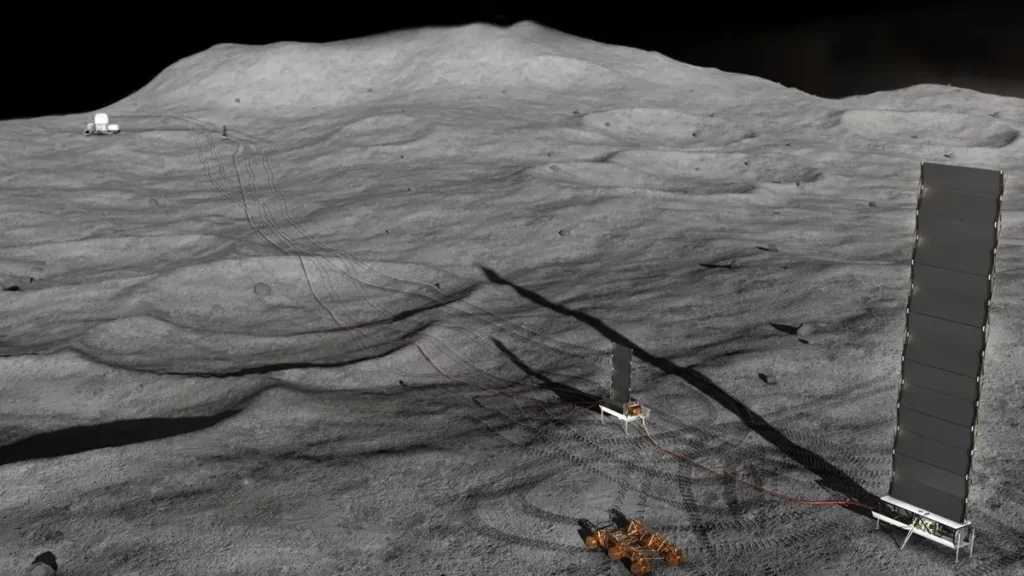
In line with the goal of nuclear energy on the Moon, NASA has completed the first phase of its ambitious reactor project. The project aims to have a reactor operational on the Moon by the early 2030s.
NASA is nearing the end of the design phase of a project to develop a concept for a small, electricity-generating nuclear fission reactor for use on the Moon. The Fission Surface Power project aims to develop safe, clean and reliable energy sources on the Moon, where each night lasts about 14.5 Earth days. Such a system could play a major role in the agency’s Artemis program for lunar exploration.
Nuclear power on the Moon
In 2022, NASA and the US Department of Energy announced that three companies – Lockheed Martin, Westinghouse and IX – had been awarded contracts for an initial phase of nuclear power on the Moon. These three companies were tasked with providing an initial design for a reactor and subsystems, estimated costs, and a development program that could pave the way for a sustained human presence on the lunar surface for at least 10 years.
Lunar nights are notoriously harsh, and so having a power source such as this nuclear reactor that operates independently of the Sun is critical for long-term lunar presence efforts. Such a reactor could be particularly useful at the Moon’s south pole, where the permanently shadowed regions are thought to trap water ice and other volatiles.

NASA next plans to extend Phase 1 contracts to set the direction of the project for Phase 2, which includes the final reactor design for a lunar experiment. Solicitations for Phase 2 are targeted to begin in 2025. NASA has indicated that the target date for delivering a reactor to the launch pad after Phase 2 is the early 2030s.
The agency has set requirements for a 40-kilowatt reactor using low-enriched uranium and weighing no more than 6 tons. Beyond the specific constraints, the agency allowed for flexibility by allowing companies to bring creative and diverse approaches to the technical review. A 40-kilowatt reactor could provide electricity for 33 households under today’s conditions.
NASA’s nuclear plans are not just about the installed reactor. The agency is also working on the launch of a nuclear-powered spacecraft called DRACO in early 2026. NASA also recently contracted Rolls Royce North American Technologies, Brayton Energy and General Electric to develop more efficient Brayton power converters needed to convert the thermal power from nuclear fission into electricity.






